Tutorial: How to use a Metal Detector

Technical terms are complicated; not everyone understands how to use a metal detector at first sight. If you want to become a metal detectorist, this is your place! We will teach you the basics and help you master every machine.
This tutorial will serve as a guide to get to know your device and understand how it behaves when finding an object.
Before acquiring a metal detector, you should distinguish each of its components and characteristics, making it easier to use when you buy.

Finding the right detector for me
If you haven't purchased a metal detector yet, take this opportunity to find one that suits your needs.
There are many types of metal detectors in an equally diverse price range. For beginners, it is always advisable to buy low-priced and traditional metal detectors; these are just as capable of finding the objectives you need.
Over time, you can replace it with a device that best suits your needs. The first thing you should take into account is if you will be hunting for gold, coins, relics, or other objects, and define which one fits your budget.
If you have any questions about how do metal detectors work, you can see this article.
What does this mean in the metal detector?
Now we will teach you the basic terms that every detectorist should know and understand when working with their tools. Although all detectors have their unique characteristics, they all maintain a similar structure. Some of the recurring elements are a control box, which usually includes a digital display, and the search and receiving coil.
Discrimination
What we mean with discrimination is not taking into account certain metals that we have no interest in finding or that are considered useless, such as pieces of aluminum cans or bottle caps. Many search engines will use the discrimination of a metal detector and destination identification functions to filter out the junk and be able to focus on the goal.
Detection depth in a metal detector
You may think that the depth of detection would be the most relevant factor to consider when choosing a metal detector, but it is not. In reality, this number is always an estimate, and there isn't enough evidence to prove its veracity. The depth range of a metal detector is determined by different agents, from the size, shape of its coil to the terrain.
A device can detect coins under 11 inches of soil in one area, while not finding the same coin under just 7 inches of soil somewhere else.
Digital Target ID on a metal detector
Target Identification is the best friend of both beginners and veterans. This feature displays on the screen your detector's prediction of what's below. On some metal detectors, this ID is represented with a scale from 1 to 99, indicating the conductivity of an object.
With practice, you will learn that foil and gold appear in one range of numbers; zinc pennies appear in other, and so on. Other detectors offer Target Chart IDs, which essentially translate these ranges into symbols. This kind of setting saves you the trouble of having to learn the conductivity ranges of common findings like nails and coins.
Sensitivity in a metal detector
Sensitivity can be changed with a simple knob on most detectors, allowing you to increase or decrease the reaction to objects in your magnetic field.
At their highest sensitivity settings, most detectors show all mineralization in the ground, regardless of their ground balance setting.
For fixed ground balance detectors, sensitivity is the only control you have over how the device reacts to mineralization.
On the other hand, for automatic or manual ground balance detectors, the sensitivity settings can give you that extra margin of control. Use it when you start picking up strange signals. If you're hiking, you should bring your gold and silver detector.
How can I do my first metal hunt?
To carry out the first exploration, you must have all the equipment and requirements, be very courageous and very patient. Not all scans are successful, mainly if you're beginning.
To go on your first hunt, look for an open space where you won't interfere with or affect the ecosystem. Walk with your metal detector at a safe distance from the ground, as close as possible without directly touching it.
Depending on the metal detector you have, you can move it through water without any problem because most of them are waterproof and additionally work underwater.
You must pay close attention to the sounds that your device emits. Most metal detectors include headphones to deliver the detector alarm and its possible finding.
If you want to find coins, conduct an air test by moving one in front of your metal detector at different distances. Usually, this is something enthusiasts do all the time, but remember, it is not a true reflection of real-world use.
Can I explore everywhere?
The simple answer is no. Not all areas are allowed, and some laws regulate metal detection scanning. Each country or region has its motives for why they do not allow exploration. Sustaining cultural resources is one of the main reasons, as a metal detection scan can affect national heritage or historical pieces.
For this reason, it is of utmost importance that you know the metal detection laws in your region or country. If you want more information on this subject, visit our article on world metal detection laws now.
What should a detectorist wear on each scan?

When you're first starting, you can use things you have laying around the house like an old fanny pack, tool belt, backpack, digger, gloves, etc.
But if there's one single accessory you should buy, it has to be a quality pinpointer.
And If you're serious about metal detecting becoming your hubby, then you should consider some other equipment like diggers, headphones, coil covers, gear, and safety items (first aid kit, gloves, spare batteries for the detector, and pinpointer, etc.).
Adventure ready
Now you understand each part of a metal detector; you know the different types of tools and their specific functions. It is time for you to go on your first scan with successful results! If you're ready to buy your first metal detector, remember to follow our advice.

We're at your service if you have any questions or concerns. We can guide you in the purchase process, contact us right now! Chat with us online or via WhatsApp +1786-909-3320 You can also send us an email to Info@Detectorpower.Com



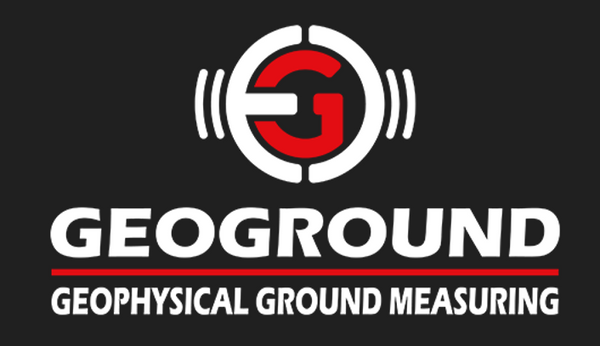
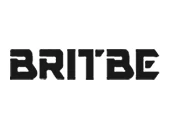









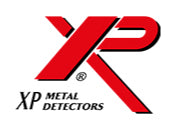


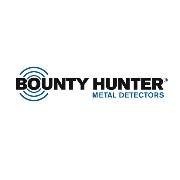

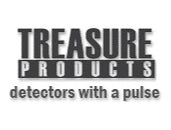

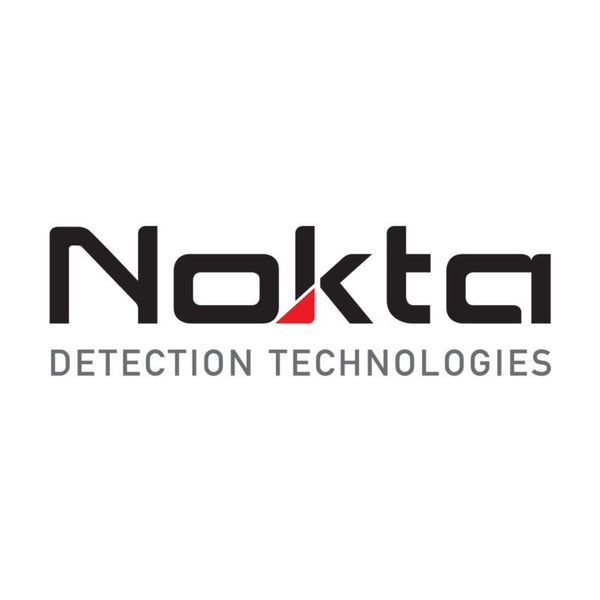















Leave a comment